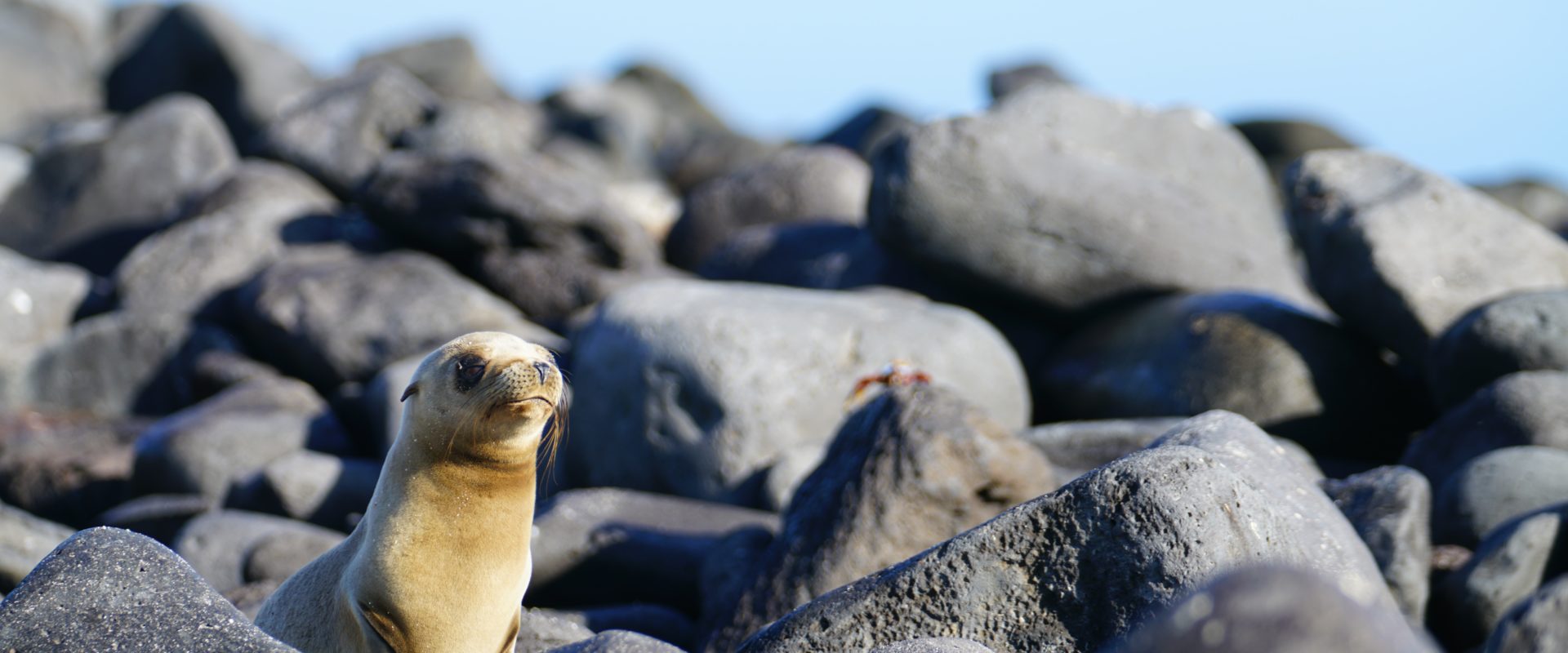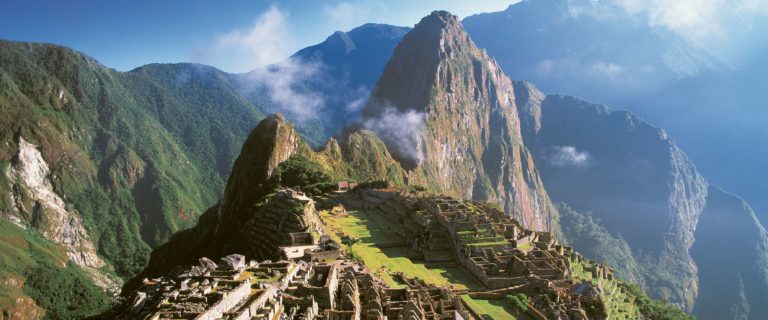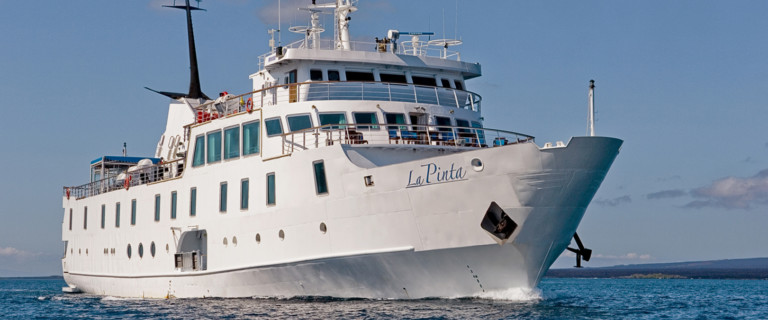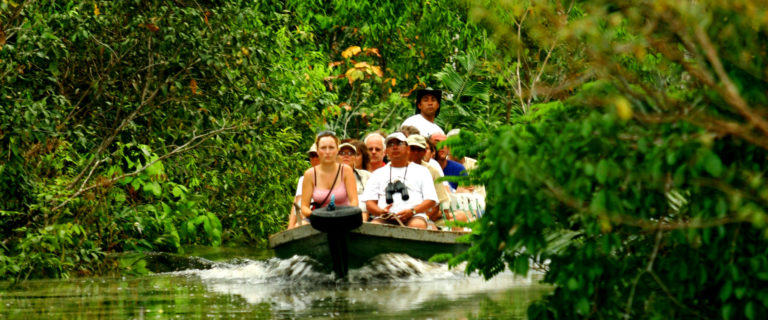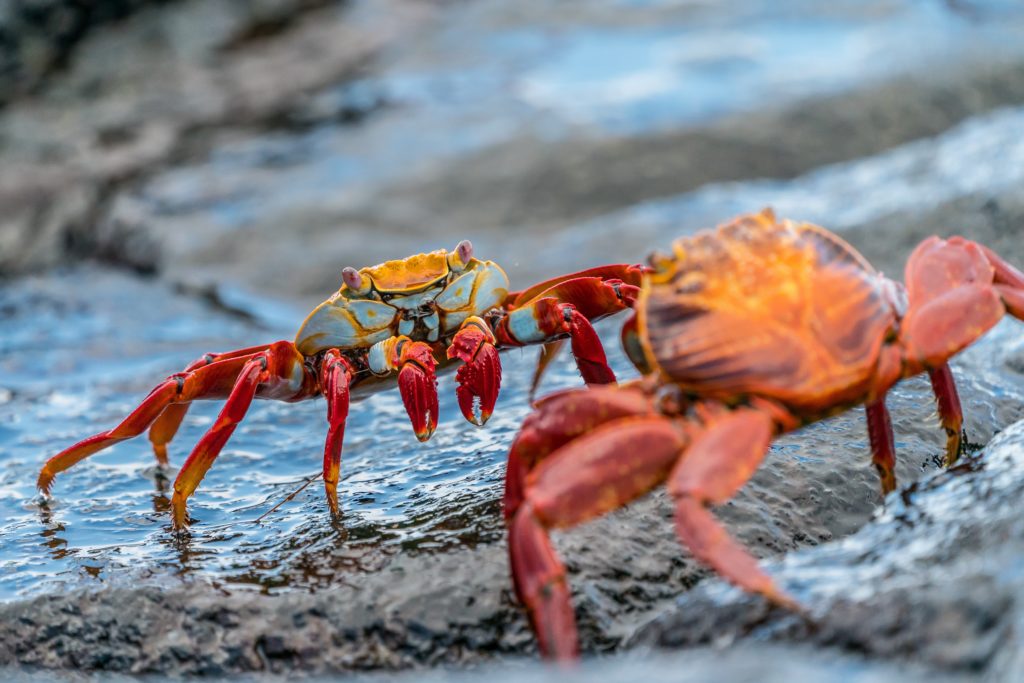
Galapagos Islands Wildlife
The Galapagos Islands are home to a diverse array of wildlife, much of which is found nowhere else in the world. Visitors to the islands have the opportunity to see some famous and iconic species.
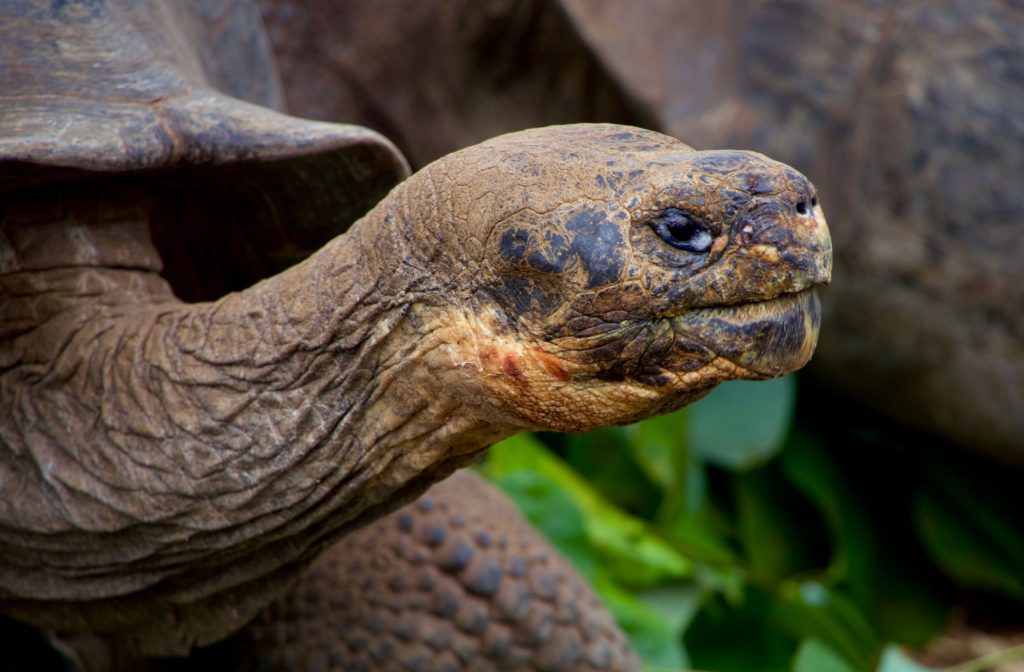
Galapagos Giant Tortoise: These giant tortoises are the largest living tortoise species and can weigh up to 915 kilograms (2,020 pounds). They are known for their long lifespan, with some individuals living over 150 years. They are found on several islands, including Santa Cruz, San Cristobal, and Isabela.
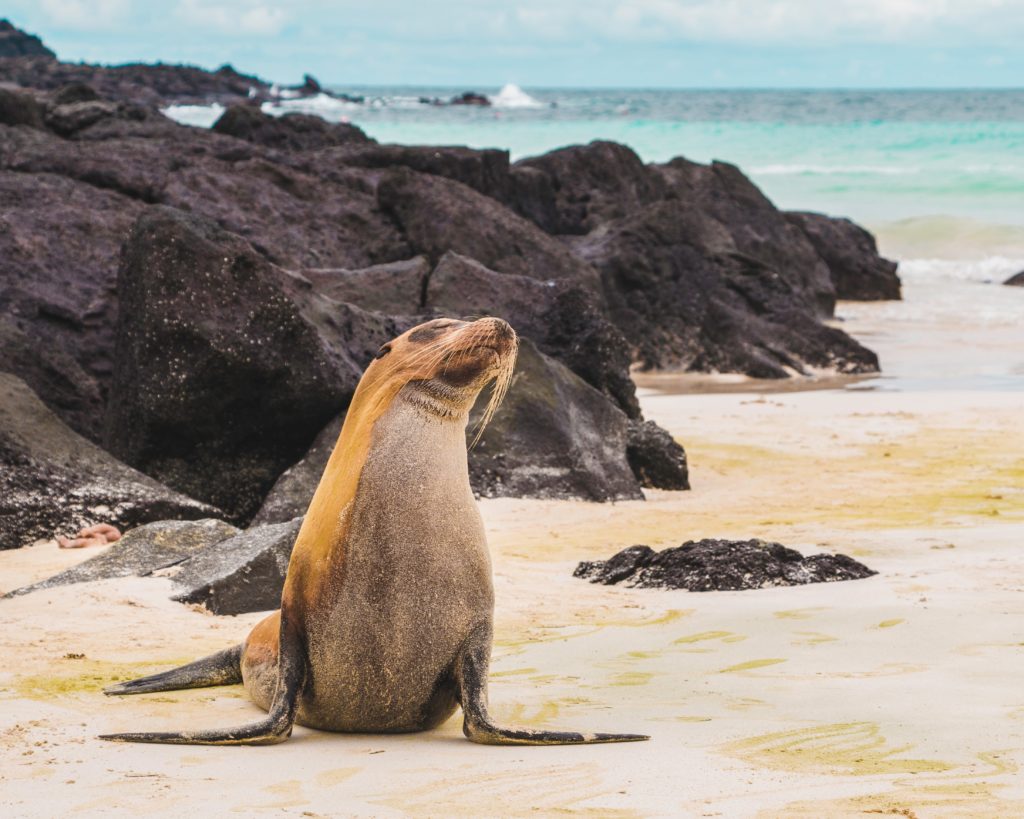
Galapagos Sea Lion: These sea lions are found throughout the islands and are a common sight on the beaches, rocky shores and coral reefs. Playful and curious by nature, they are often seen interacting with visitors.
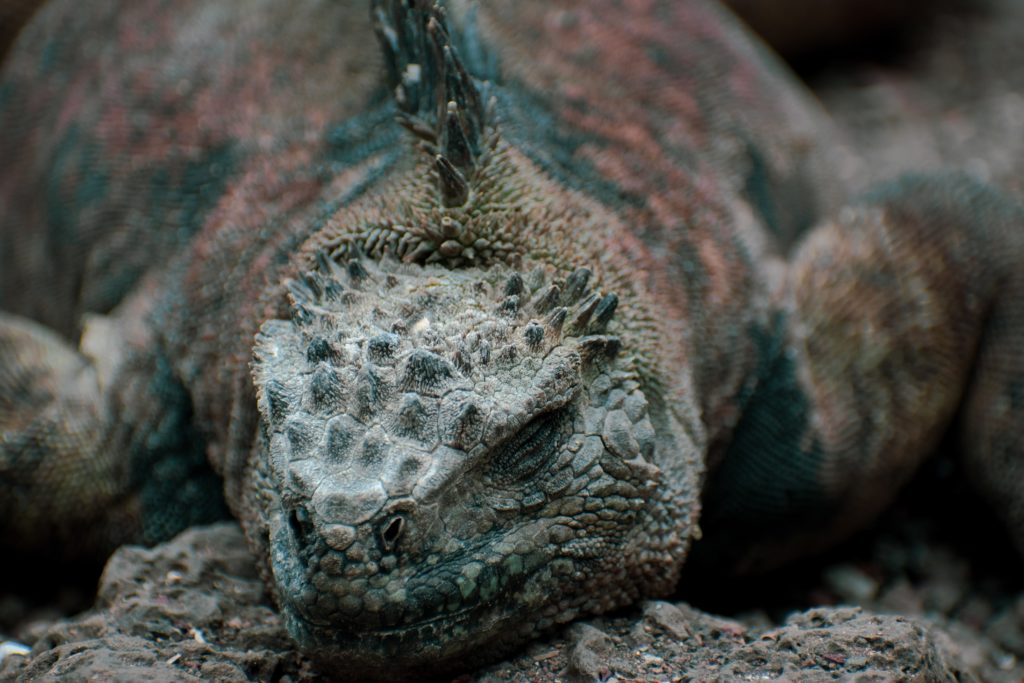
Galapagos Marine Iguana: These iguanas are found only on the Galapagos Islands and have adapted to living in and around the ocean. They are excellent swimmers and can hold their breath for up to an hour.
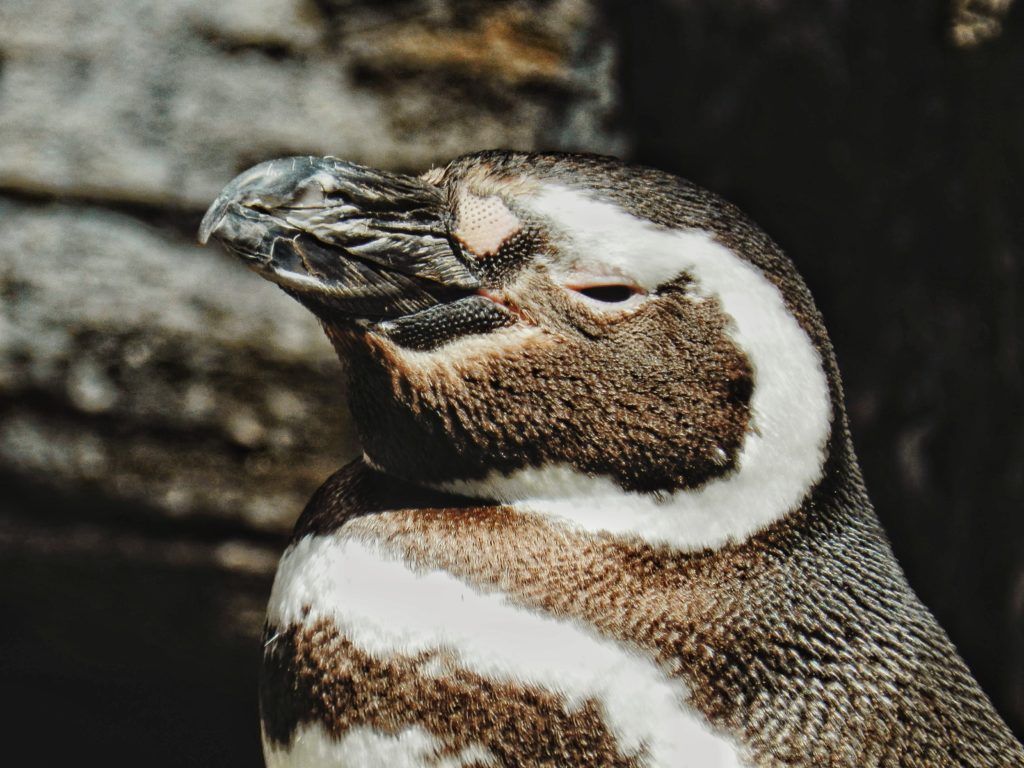
Galapagos Penguin: The only species of penguin found north of the equator, they live on several of the islands, including Fernandina, Isabela, and Floreana. They’ve adapted to living in tropical climates and are known for their ability to thermoregulate their body temperature in the hot, dry conditions found on the islands.
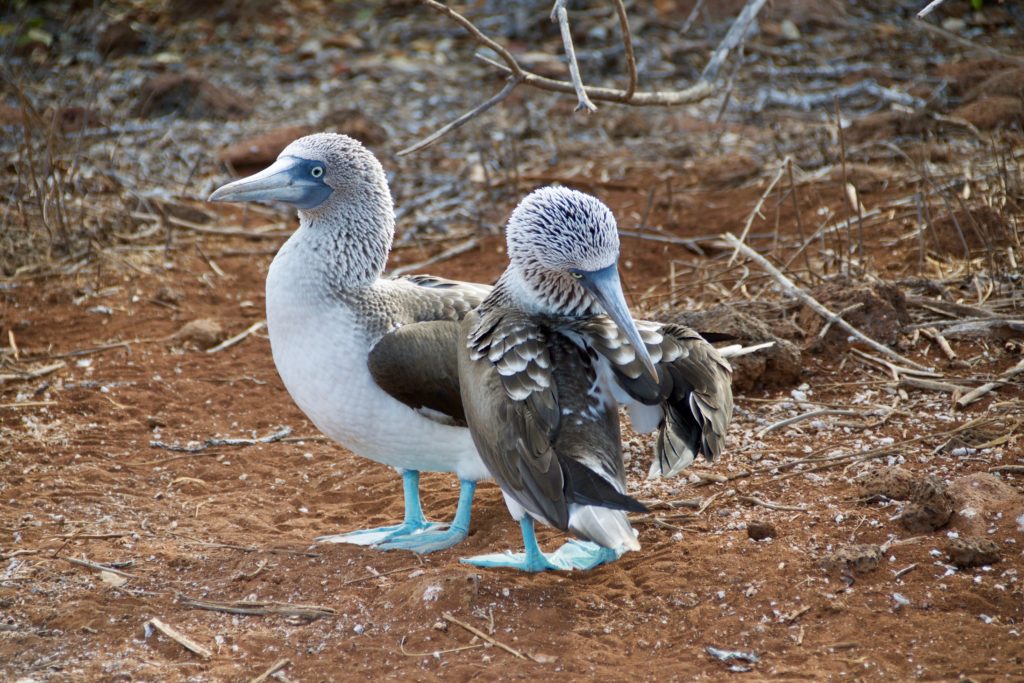
Galapagos Blue-Footed Booby: These seabirds are distinctive with their blue feet and can be found on many of the islands. Blue-footed boobies are colonial nesters and nest on the cliffs and rocky shores of the islands. They are excellent divers and will plunge into the water to catch fish.
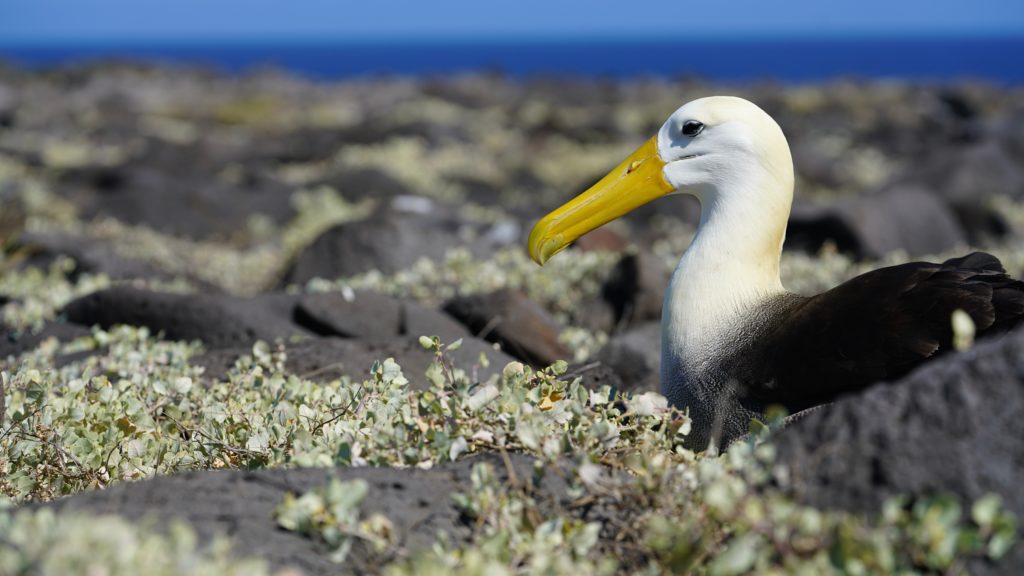
Galapagos Waved Albatross: These large seabirds are found on the islands of Española and Hood and are known for their elaborate courtship displays.
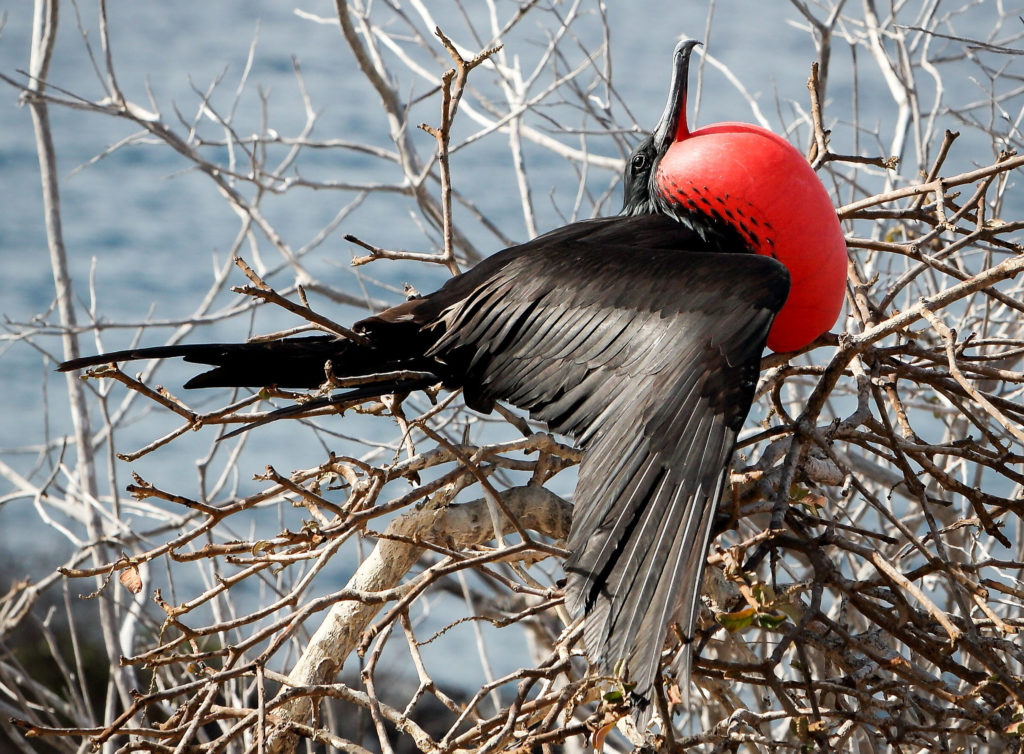
Galapagos Frigate Bird: One of the most impressive birds found on the Galapagos Islands, recognisable for their distinctive red throat pouch. These seabirds are a sight to behold as they soar effortlessly over the ocean. Visitors to the islands can witness the Frigate Bird’s impressive aerial displays, including their ability to stay in flight for hours without ever touching down on the water or land.
